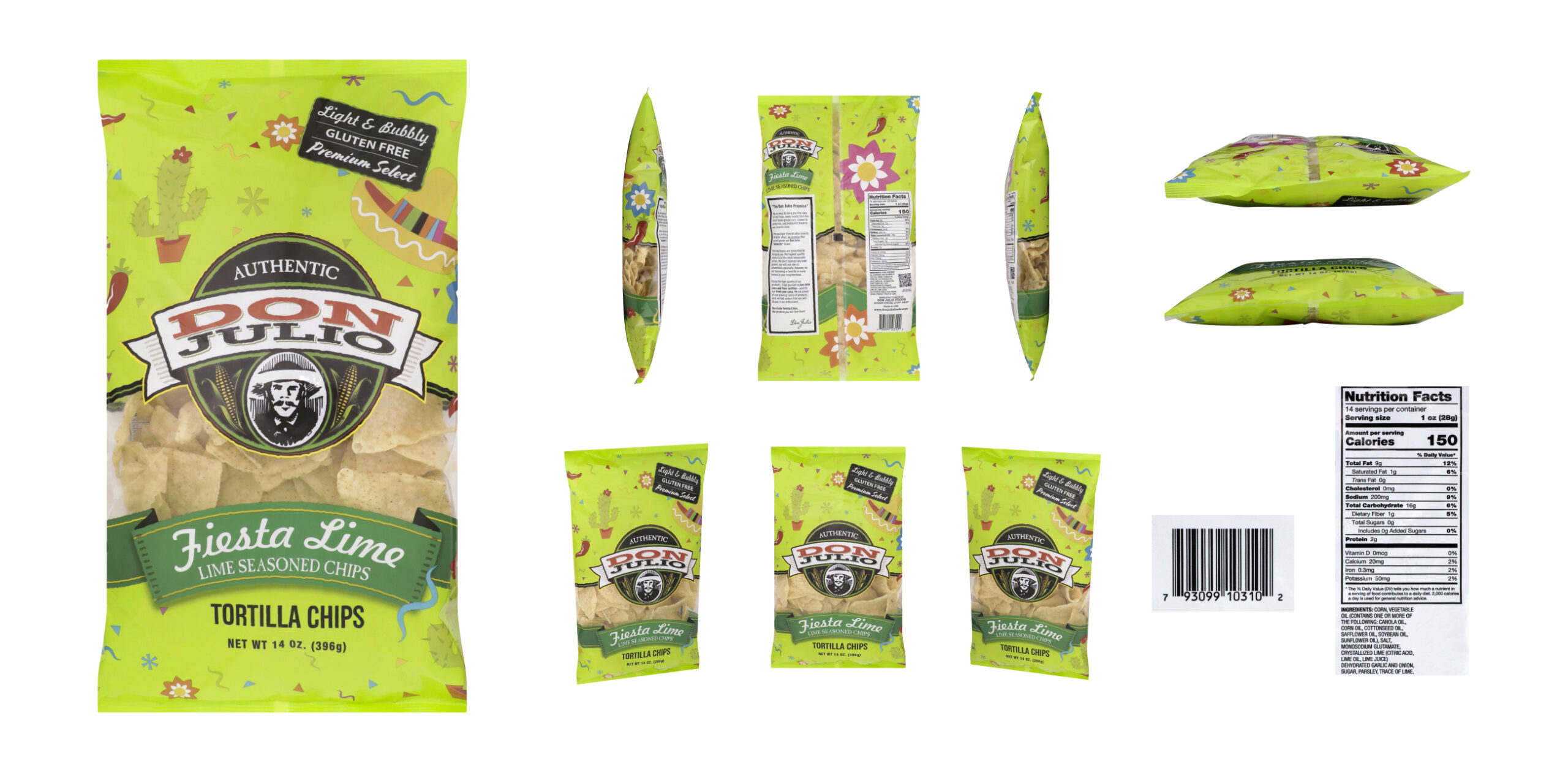GS1 Product Photography in 2024: A Q&A with 1WorldSync’s Studio Director
January 23, 2024

Dive into the intricate world of product photography with Michael Dreas, the seasoned Director of 1WorldSync’s Photography Studio. With over 15 years at the helm, Michael has a wealth of knowledge on how images can make or break brand success in the omnichannel marketplace.
This blog post offers a rare peek behind the lens, exploring the GS1 Product Image Specification’s role in brand consistency and efficiency. As e-commerce reshapes consumer expectations, learn how quality imagery, adherence to standards and emerging trends like CGI and AI are defining the future of product visuals. From the challenges of maintaining color accuracy to the sustainable practices reshaping the industry, Michael’s insights are a guide for brands, retailers and photographers aiming to capture the market with every shot. Get ready to uncover the strategies and foresight that can set your brand apart in a world where a picture is not just worth a thousand words, but potentially a thousand clicks.
Can you explain the GS1 Image Specification Standard and its importance for brands?
The GS1 Product Image Specification is a guideline for shooting, storing and naming images, covering various types, including Planogram, Hero and Marketing/Lifestyle images. Adherence simplifies the process for companies, allowing a single image version to be universally utilized. Non-compliance often leads to managing multiple versions, creating inefficiencies.
How has GS1 product photography evolved with the rise of e-commerce?
The evolution has been significant. The shift towards digital platforms and e-commerce, especially in the grocery sector, has heightened the demand for higher-quality imagery. The advancement of phone cameras has set a new benchmark, transitioning from limited-use images to ones that are integral in e-commerce.
The primary focus when the image sharing and specifications were introduced by GS1 was to help retailers visualize a product. Through the visual image certain information could be verified to help make better buying decisions. Over time, the types of images which can be identified, named and shared has grown. What once was the six sides of a product, now are marketing images of the product being used, held, worn, e-commerce hero and sidekick images, as well as technical images such as cutaways, spec sheets and feature shots. We have also added 360-degree spin imagery to provide a full experience with the product.
How does 1WorldSync assist in adhering to these standards?
We offer comprehensive services in taking, naming and storing images. By leading with the GS1 standard in our processes and leveraging our team’s expertise, we remove guesswork and streamline the process for our clients. Our photography services encompass all types of marketing assets. We can provide scale shots, hero images, video, 360-degree spin, hotspot imagery and more!
In what ways does high-quality product photography impact consumer trust and brand perception?
High-quality images significantly enhance consumer trust and brand perception. They often compensate for lesser product data, as consumers can discern vital information directly from the images. Consumers and retailers have a high expectation for images of a product. A more significant level of trust is placed in products that have high-resolution, quality images as part of a full set of product information.
What are some unique challenges in GS1 product photography?
Key challenges include ensuring color accuracy, brand consistency and dealing with inconsistent or damaged packaging within the same brand line.
Are there emerging trends in GS1 product photography that brands should be aware of?
CGI and 3D modeling are becoming more prevalent and greatly help to enhance the images as well as the customer experience. These methods address issues like shadows and color deficiencies, providing perfect image representations.
How does 1WorldSync maintain image consistency across platforms?
We utilize our Digital Asset Management system to ensure consistent image distribution. Retailers access images from this central source, ensuring uniformity across various platforms.
What role does post-production play in product photography?
Post-production is critical to meet the higher expectations of today. It involves color and contrast enhancement, cleaning up imperfections, reshaping packages and more which all significantly enhance the final image quality.
With sustainability being a focus, how is product photography adapting?
We’re exploring eco-friendly practices, like composting. CGI also contributes by reducing the need for physical product handling, thus lowering carbon emissions. At 1WorldSync, it’s important that we limit our waste so we donate significant amounts of product after we’re done shooting them. We donate tons of food to local Chicago food banks each year.
What future developments do you foresee in product photography?
The future will likely see more CGI and AI integration, enhancing product retouching and reducing environmental impact. We’re not there yet in terms of AI as the entire solution, but it’s a very helpful tool for seasoned photographers.
What advice would you give to brands regarding product photography?
Invest in high-quality photography. The influence of smartphones and the internet has increased the demand for better imagery. Pay attention to color accuracy and packaging consistency. Also, consider the sustainability benefits of CGI and 3D models. While AI is improving editing efficiency, it can’t replace the need for precise, high-quality product photography. If it is worth selling, it is worth photographing.







